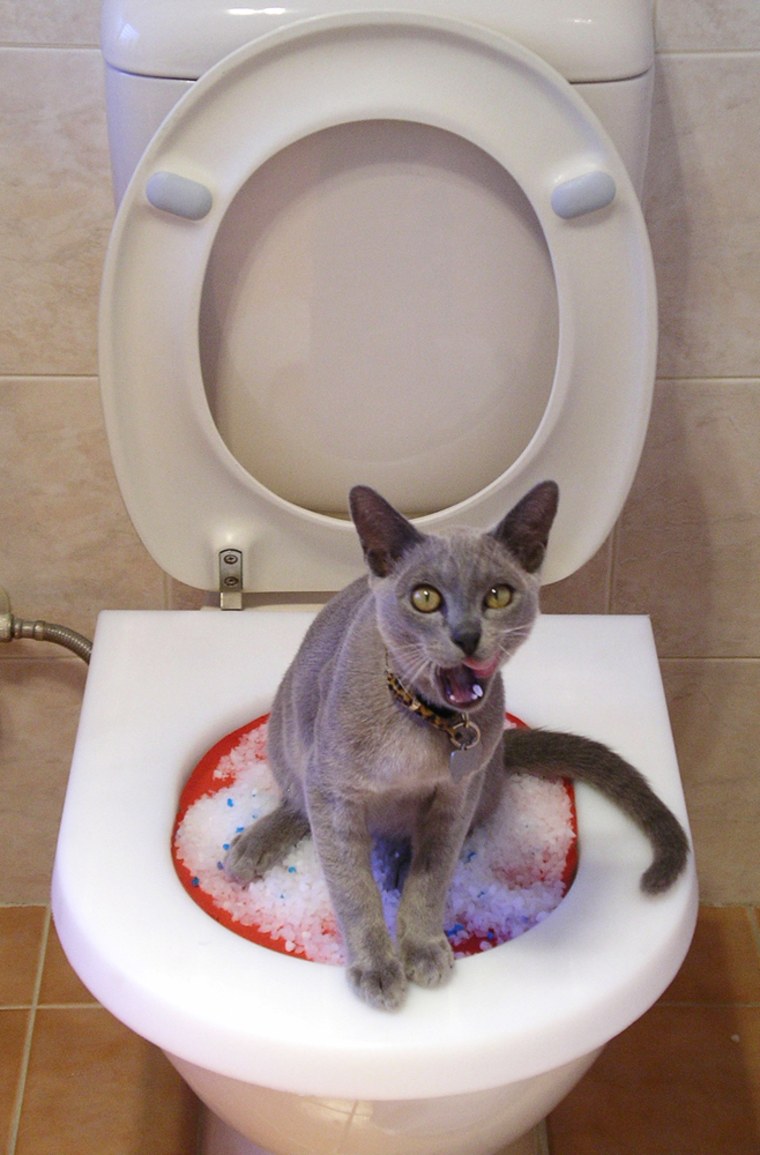Prevent Bathroom Emergencies: Don't Flush Cat Poop Down Your Toilet - Expert Guidance
Prevent Bathroom Emergencies: Don't Flush Cat Poop Down Your Toilet - Expert Guidance
Blog Article
Nearly everybody will have their private way of thinking involving How to Dispose of Cat Poop and Litter Without Plastic Bags.

Introduction
As cat owners, it's vital to be mindful of just how we deal with our feline pals' waste. While it may appear hassle-free to flush feline poop down the bathroom, this method can have damaging effects for both the atmosphere and human health.
Alternatives to Flushing
Fortunately, there are much safer and extra liable methods to get rid of feline poop. Take into consideration the adhering to alternatives:
1. Scoop and Dispose in Trash
The most typical approach of getting rid of cat poop is to scoop it right into a naturally degradable bag and toss it in the garbage. Be sure to utilize a specialized trash scoop and get rid of the waste promptly.
2. Usage Biodegradable Litter
Select eco-friendly pet cat clutter made from materials such as corn or wheat. These litters are eco-friendly and can be safely taken care of in the garbage.
3. Hide in the Yard
If you have a lawn, think about hiding pet cat waste in an assigned location away from vegetable gardens and water resources. Be sure to dig deep enough to prevent contamination of groundwater.
4. Install a Pet Waste Disposal System
Invest in an animal waste disposal system specifically developed for pet cat waste. These systems make use of enzymes to break down the waste, reducing odor and ecological influence.
Health Risks
In addition to environmental problems, flushing pet cat waste can also present wellness dangers to human beings. Feline feces may include Toxoplasma gondii, a parasite that can trigger toxoplasmosis-- a possibly severe health problem, especially for pregnant women and individuals with damaged immune systems.
Ecological Impact
Flushing pet cat poop introduces unsafe pathogens and bloodsuckers right into the water system, positioning a considerable threat to water environments. These contaminants can adversely influence aquatic life and compromise water top quality.
Final thought
Accountable pet possession expands beyond offering food and sanctuary-- it likewise includes correct waste monitoring. By avoiding flushing feline poop down the toilet and opting for alternative disposal methods, we can lessen our environmental impact and shield human health and wellness.
Why Can’t I Flush Cat Poop?
It Spreads a Parasite
Cats are frequently infected with a parasite called toxoplasma gondii. The parasite causes an infection called toxoplasmosis. It is usually harmless to cats. The parasite only uses cat poop as a host for its eggs. Otherwise, the cat’s immune system usually keeps the infection at low enough levels to maintain its own health. But it does not stop the develop of eggs. These eggs are tiny and surprisingly tough. They may survive for a year before they begin to grow. But that’s the problem.
Our wastewater system is not designed to deal with toxoplasmosis eggs. Instead, most eggs will flush from your toilet into sewers and wastewater management plants. After the sewage is treated for many other harmful things in it, it is typically released into local rivers, lakes, or oceans. Here, the toxoplasmosis eggs can find new hosts, including starfish, crabs, otters, and many other wildlife. For many, this is a significant risk to their health. Toxoplasmosis can also end up infecting water sources that are important for agriculture, which means our deer, pigs, and sheep can get infected too.
Is There Risk to Humans?
There can be a risk to human life from flushing cat poop down the toilet. If you do so, the parasites from your cat’s poop can end up in shellfish, game animals, or livestock. If this meat is then served raw or undercooked, the people who eat it can get sick.
In fact, according to the CDC, 40 million people in the United States are infected with toxoplasma gondii. They get it from exposure to infected seafood, or from some kind of cat poop contamination, like drinking from a stream that is contaminated or touching anything that has come into contact with cat poop. That includes just cleaning a cat litter box.
Most people who get infected with these parasites will not develop any symptoms. However, for pregnant women or for those with compromised immune systems, the parasite can cause severe health problems.
How to Handle Cat Poop
The best way to handle cat poop is actually to clean the box more often. The eggs that the parasite sheds will not become active until one to five days after the cat poops. That means that if you clean daily, you’re much less likely to come into direct contact with infectious eggs.
That said, always dispose of cat poop in the garbage and not down the toilet. Wash your hands before and after you clean the litter box, and bring the bag of poop right outside to your garbage bins.
https://trenchlesssolutionsusa.com/why-cant-i-flush-cat-poop/

Do you enjoy reading up on Don’t flush cat feces down the toilet? Try leaving feedback down below. We'd be glad to know your ideas about this blog entry. In hopes that you come back again in the future. Liked our article? Please share it. Help somebody else find it. I praise you for your time. Please stop by our website back soon.
View Report this page